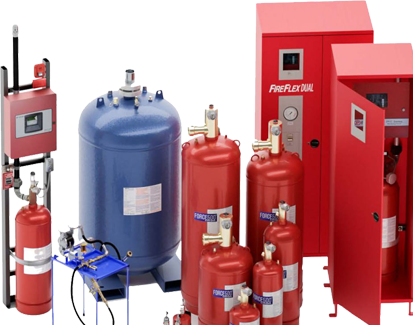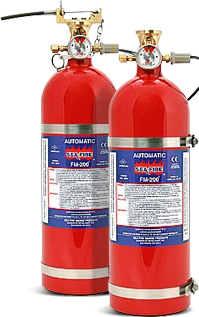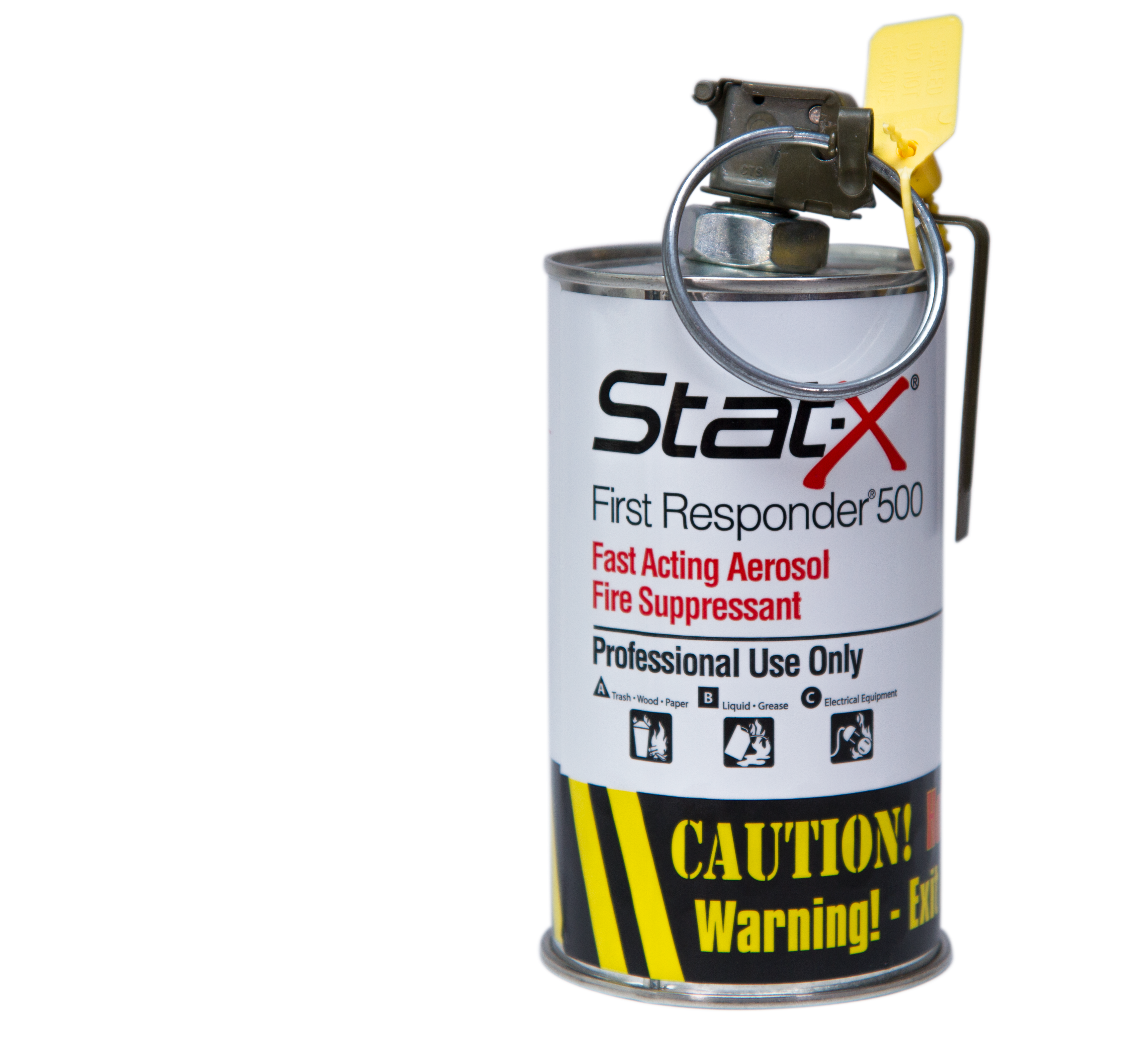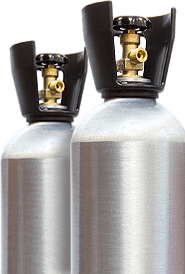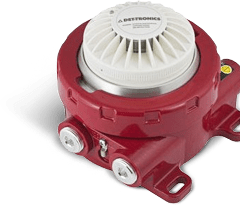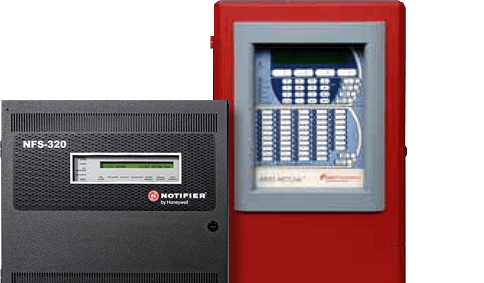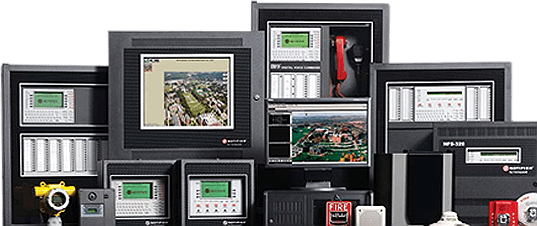Fire Safety Requirements for Storing Lithium-Ion Batteries
Proper storage of fire suppression cylinders is critical for safety and compliance. These cylinders must be stored in climate-controlled areas, secured against damage, and regularly inspected to ensure functionality in case of emergencies.
Key Takeaways
- Temperature Control – Cylinders should be kept in a cool, dry environment to prevent pressure fluctuations.
- Proper Securing – Secure storage prevents accidental falls, leaks, or damage to the cylinders.
- Regulatory Compliance – Follow NFPA and local fire codes for proper storage, inspection, and handling.
- Regular Inspections – Routine pressure checks and leak detection help maintain readiness.
- Emergency Accessibility – Cylinders must be clearly labeled and easily accessible for quick deployment.
World continues to move away from fossil fuel energy models, turning towards options such as solar farms and wind turbine fields. Throughout this energy transition, lithium-ion (Li-ion) batteries have been emerging as the backbone of alternative energy grids, capable of storing vast amounts of power in compact, rack-mounted modules.
What is a Lithium-Ion Energy Storage System?
Renewable energy is generated at inconsistent rates throughout the course of a day, creating the need to safely store energy to later release when needed. In an energy storage system (ESS), Li-ion battery cells are connected in series or parallel to form modules that fit into tall racks mounted side-by-side.
Explore further
At the heart of every Li-ion ESS is a battery management system (BMS). The BMS protects batteries from damage and ensures battery cells aren't being overcharged, or operating outside of their recommended operating conditions. It monitors the entire system, keeping track of individual cells, battery modules, and racks. The BMS looks for tell-tale changes in electrolyte levels, internal battery temperatures, and the enclosure's ambient temperature. Batteries that aren't well-managed can end up with stressed or damaged cells, reducing the battery lifespan and creating a potential fire hazard.
Power conditioning systems (PCS) are hybrid inverters that take a battery bank's stored direct current (DC) electricity and convert it into alternating current (AC) that can be used in buildings. These bi-directional devices allow power to flow from DC to AC or back again. This allows it to control the battery's charge and discharge cycles.
The PCS and BMS are ultimately controlled by an energy management system (EMS) that dictates what happens in your energy management system. The EMS is aware of the system's limitations and capabilities, and generates logs accordingly that provide a comprehensive picture of the ESS's performance. While EMS systems vary in ability and sophistication, they are all able to make decisions based on a variety of factors, including demand-charge management, time-of-use arbitrage, and economic value streams.
Question: What are the safety requirements for storing fire suppression cylinders?
Answer: Fire suppression cylinders must be stored in temperature-controlled environments, secured upright, and protected from impact or tampering. Regular inspections for pressure levels, leaks, and compliance with NFPA regulations ensure their reliability in case of fire.
Reduce the Fire Risk of Lithium-Ion Energy Storage Systems
For all their benefits, Li-ion ESSs come with significant risks. Malfunctioning cells can easily trigger a thermal runaway, where damage spreads catastrophically throughout neighboring battery racks. High heat causes flammable outgassing and explosive ruptures in the surrounding batteries, which can in turn propagate the damage outward
Many ESSs are also portable, housed in modified shipping containers, and located in remote areas. If the ESS is in a building, you must take personnel safety into account, as well as the security of the people and buildings in your vicinity. Regardless of what type of system you have, when dealing with a major fire event, your facility needs to stand on its own until fire protection services arrive on scene.
People also search
The BMS is your first line of defense, helping you avoid damaging your ESS and alerting you to unsafe conditions. Beyond this line, there are explosion vent panels, which offer passive protection that prevents an uncontrolled rupture in portable ESS units. These work by directing explosive pressure, gasses, and flames upward, away from people and other units.
Detection systems are a critical component when designing your ESS fire protection system . They identify the precursors of a thermal runaway and take steps to mitigate the danger. This line of defense looks for temperature spikes, off-gassing from battery cells, evidence of smoke, and open flames. Traditional smoke detectors, heat detectors, thermal imaging flame detectors, and gas detectors each play an important part in any early-warning detection system; they can activate power shutoffs, trigger alarms, vent gas-filled spaces, and notify fire protection services.
Finally, it is key to invest in a well-designed ESS fire system that takes into account the specific needs and challenges of your site, as well as the level of risk you're willing to accept. Make sure the choice you make offers a quick response time, limits fire spread, and prevents re-ignition.
Li-ion batteries are an important asset in current and future energy generation methods. When used and stored within safe parameters, they're a powerful tool that helps us move away from climate-damaging technologies. As always, power generation carries significant risk, and even the most well-maintained Li-ion batteries can become fire hazards. To minimize this risk, facilities should install aerosol fire suppression systems suitable for extinguishing Li-ion ESS fires.
Toronto-based company Control Fire Systems has been designing high quality fire suppression solutions for nearly half a century. Experienced technicians assess your risk, apply NFPA 855 Code directives, and use their technical and design experience to create an effective battery storage fire suppression system tailored to your needs.
Contact our Control Fire Systems specialists to help you design fire suppression system that minimizes asset loss and damage to your facility.
Fire Suppression System using Sevo Systems Novec 1230 Solution:






